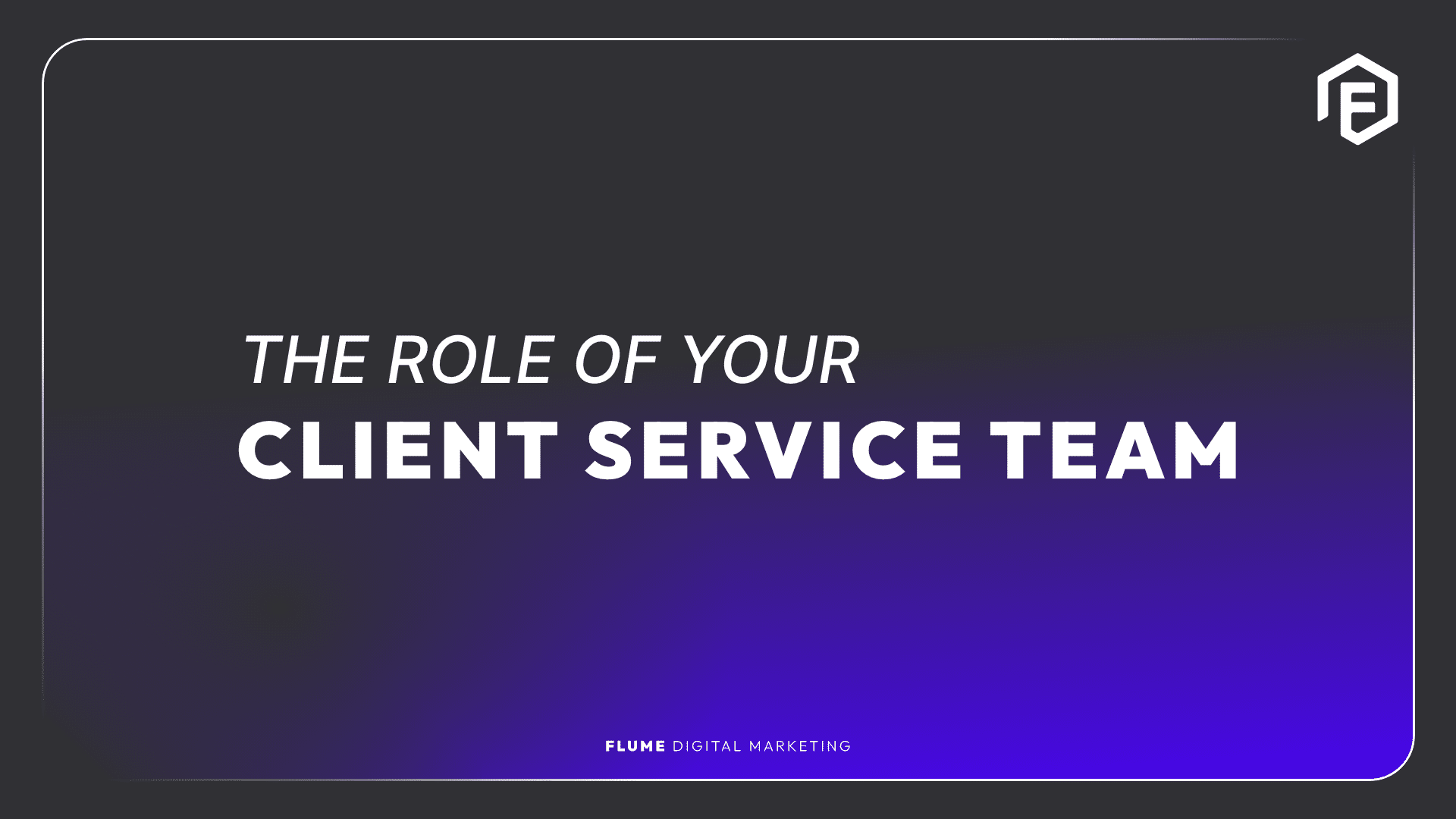It took me quite a while to come up with a topic for my first blog post of the year. While scrambling to find one, I jotted down a few topic ideas – Firstly it was “How Social Media Revolutionized The Radio Industry”, but it just didn’t move me.
Secondly, it was “How To Make Your Online Community Better”, but I thought a lot has been written about that over the years as it’s constantly changing … Then suddenly I had an aha moment (because we all have those every now and then, right?).
It was as if a voice came from somewhere – “Shaun, why don’t you write about something you know well – Community Management?” Of course, I thought, I mean I do it daily for 8 hours, that’s a total of 28,800 seconds a day! Yup, It is a lot.
This is how I ended up with the topic Community Management In A Nutshell. This blog aims to highlight how interacting with your clients on social media on a personal level and providing customer service outside of normal operating hours would not only increase your overall sales but build a more engaged and loyal client base through and through – let’s think of it as a personalised brand experience.
As human nature has it – people prefer dealing with people rather than corporations, so adding a personalised approach through social means that customers are more likely to return to your brand. Your clients find social media to be a safe space to play in.
This enables businesses to interact with clients in a more informal and conversational manner, making the experience even more personal and further humanizing your brand. Sounding robotic (i.e. automated, pre-drafted responses) just won’t cut it! What do I mean by being personal? See below:
Notice how Salvation Army uses the client’s names when responding. As you can see from the above screenshot – the conversation is clear, non-robotic and transparent. Customers appreciate it when you show that you take their concerns and negative feedback seriously – they are also aware that brands are most likely to respond quickly to comments that threaten to negatively impact the brand.
So when brands address negative feedback publicly, this demonstrates that they don’t only care about their clients but are client-centric and willing to help. This is one sure-fire way of winning clients over – this further ensures that every time a potential client searches for your brand positive sentiments appear.
However, it is important to note that not all negative comments should be responded to publicly. Angry clients should be acknowledged publicly, but dealt with offline. Apps such as Facebook Messenger allow for this to take place.
Often a simple phone call to a customer can change the negative to a positive, which obviously changes the tone of the complaint. As mentioned earlier, this demonstrates genuine concern by the brand. However, once the issue has been resolved – it is important that the brand goes back to the public forum and share how the matter has been resolved (Source: Social Media Today).
One crucial thing to remember is that the brand is not only speaking to the complainant about their issue, but to whoever can access the page on which the feedback was posted. Conversations (i.e. messages) that happen online or on social media are easy to track, this then makes it easy for brands to follow up and even draw insights of how long it takes for your brand’s community manager to respond. This is very important as it also shows other clients how the brand manages issues.
So, what’s the gist of all of this? Well, firstly, allowing clients to comment and provide feedback encourages brand mentions. Customers talking about your brand online increases visibility, which further leads to engagement. This makes it even more important that negative comments are turned into positive comments so that when clients search for your brand, this positive sentiment is reinforced (Source: Red & Yellow School of Creative Business).
Clients will appreciate the brand even more if it is able to reach out and have their concerns and queries addressed quickly and by an actual person behind a computer screen. Which then begs the question “are telephone call centres are relevant in the age of social media?” Social customer care also provides brands with a platform to do what is called ‘social listening’ that enables them to gauge the sentiment around its product or service through listening to clients’ or potential clients’ conversations.
They do this by identifying keywords associated with the brand’s service or product offering and then search for these keywords on the various social media platforms or by using paid social media tools. In conclusion and according to Social Media Examiner, it is important to identify problems before they escalate – this ensures positive brand sentiment and can help your brand identify opportunities to improve or explore new areas of business or solve problems for clients.



